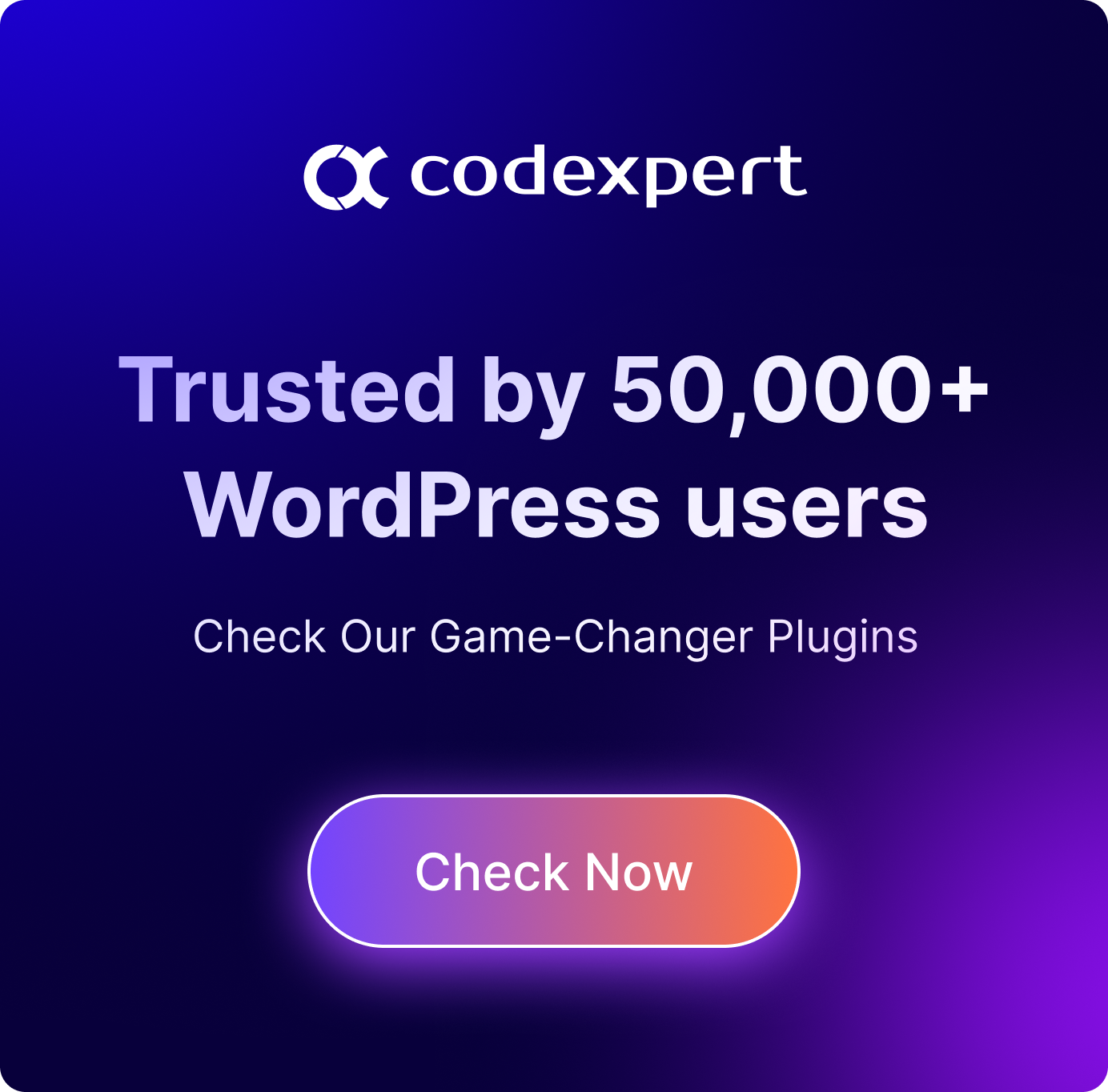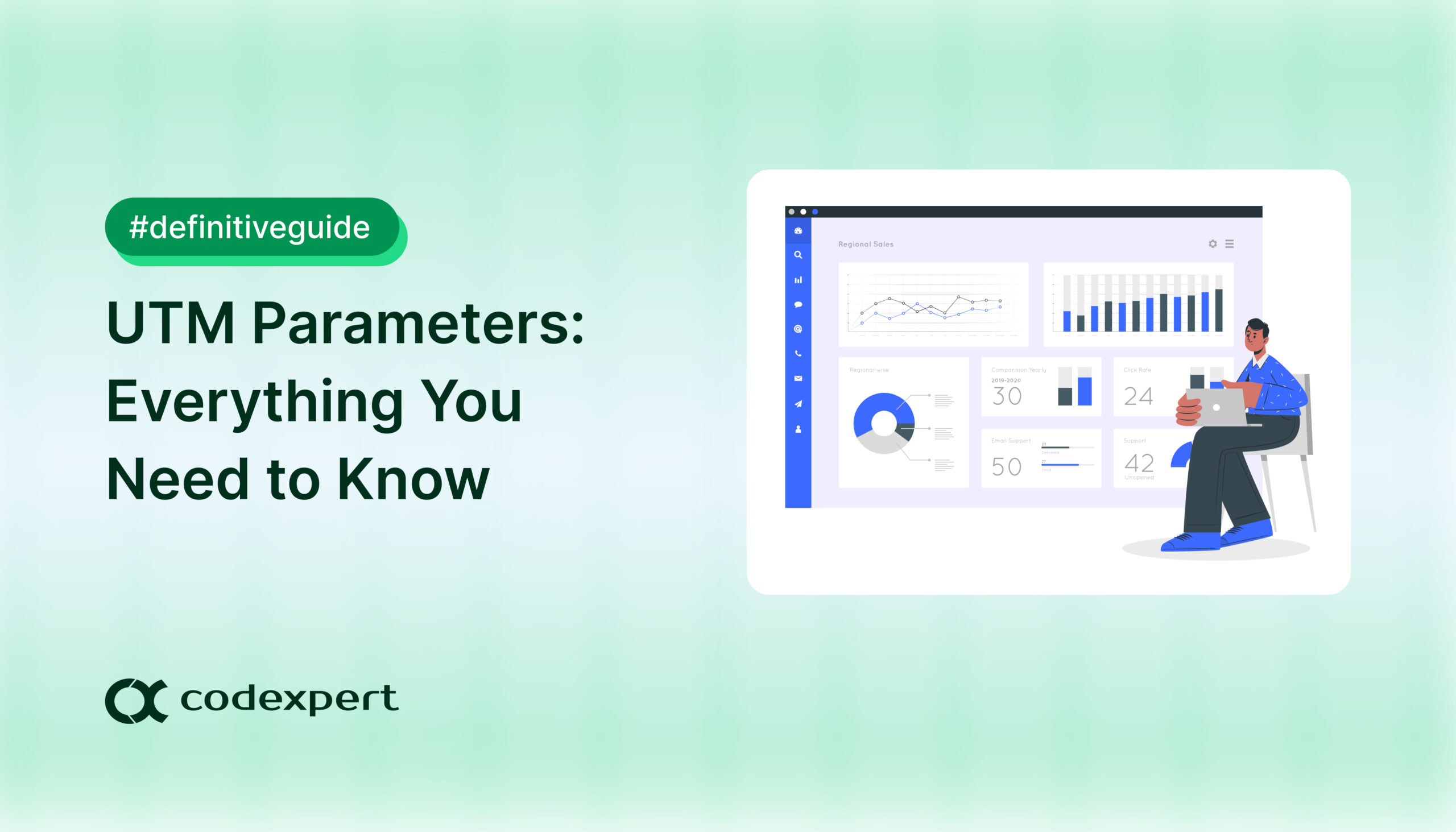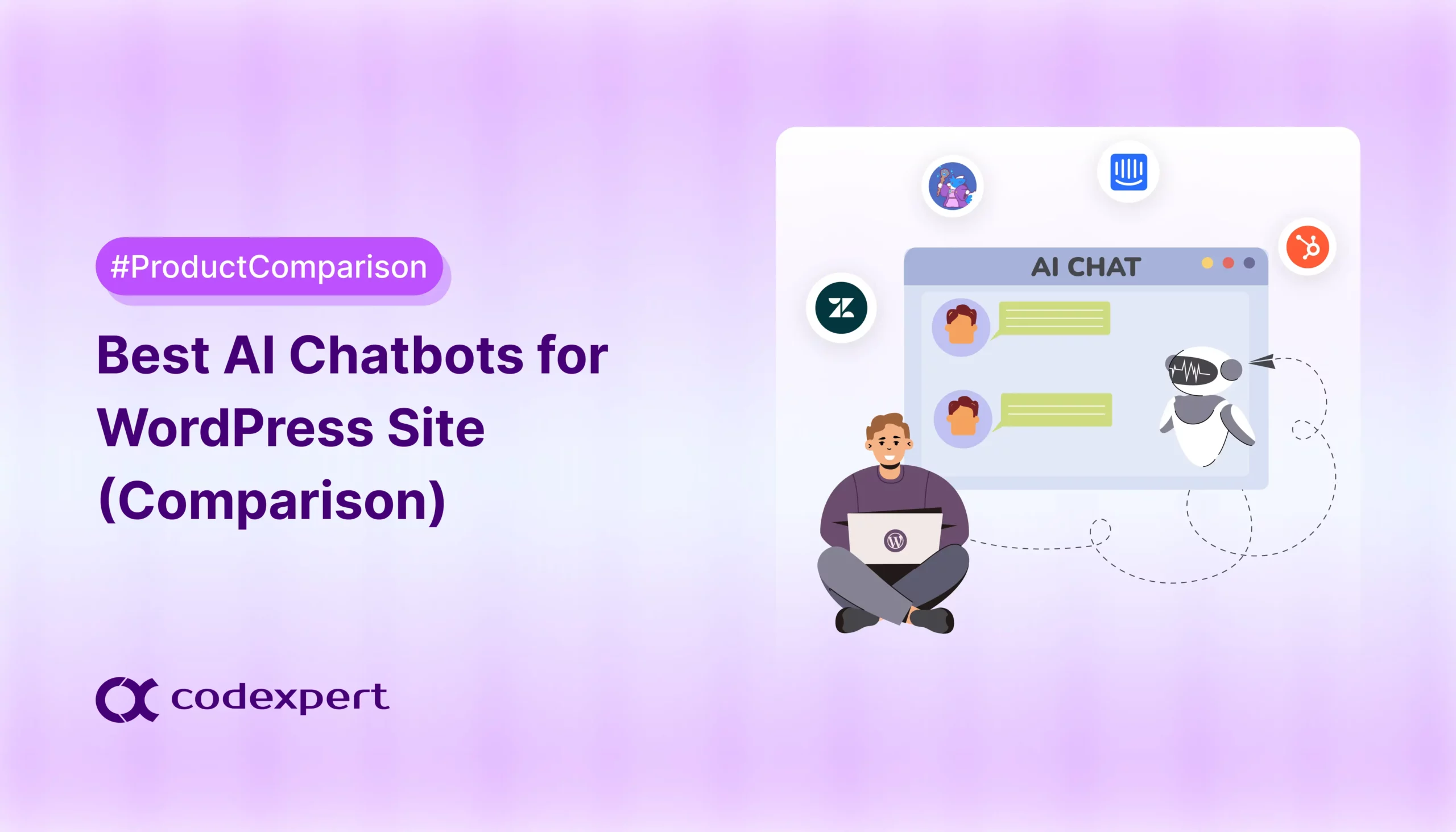A Definitive Guide to Landing Page Copywriting

Do you feel completely lost in creating a perfect landing page for your business? Having a well-crafted and designed landing page with attractive language is the only way to get the visitors’ attention as it tells them the reasons to go for the given offer. Well, there are some specific techniques to be kept in mind that can make all the difference.
In this article, we will go through the key components of landing copywriting, its layout, the writing techniques, and other important details that will enable you to create a high-converting landing page that drives sales. Now, let’s dive right in!
Understanding Landing Page: Definition, Key Elements, and Purposes
A landing page is defined as a particularly created web page that comprises one business goal: conversion. Quite different from a regular webpage that presents a wide scope of information, a landing page website has very specific content aimed at achieving a certain goal within its visitors. Such pages are usually simple in structure with limited ability for navigation and containing just enough information would serve the informational and persuasive objectives. Here’s what drives a landing page to convert:
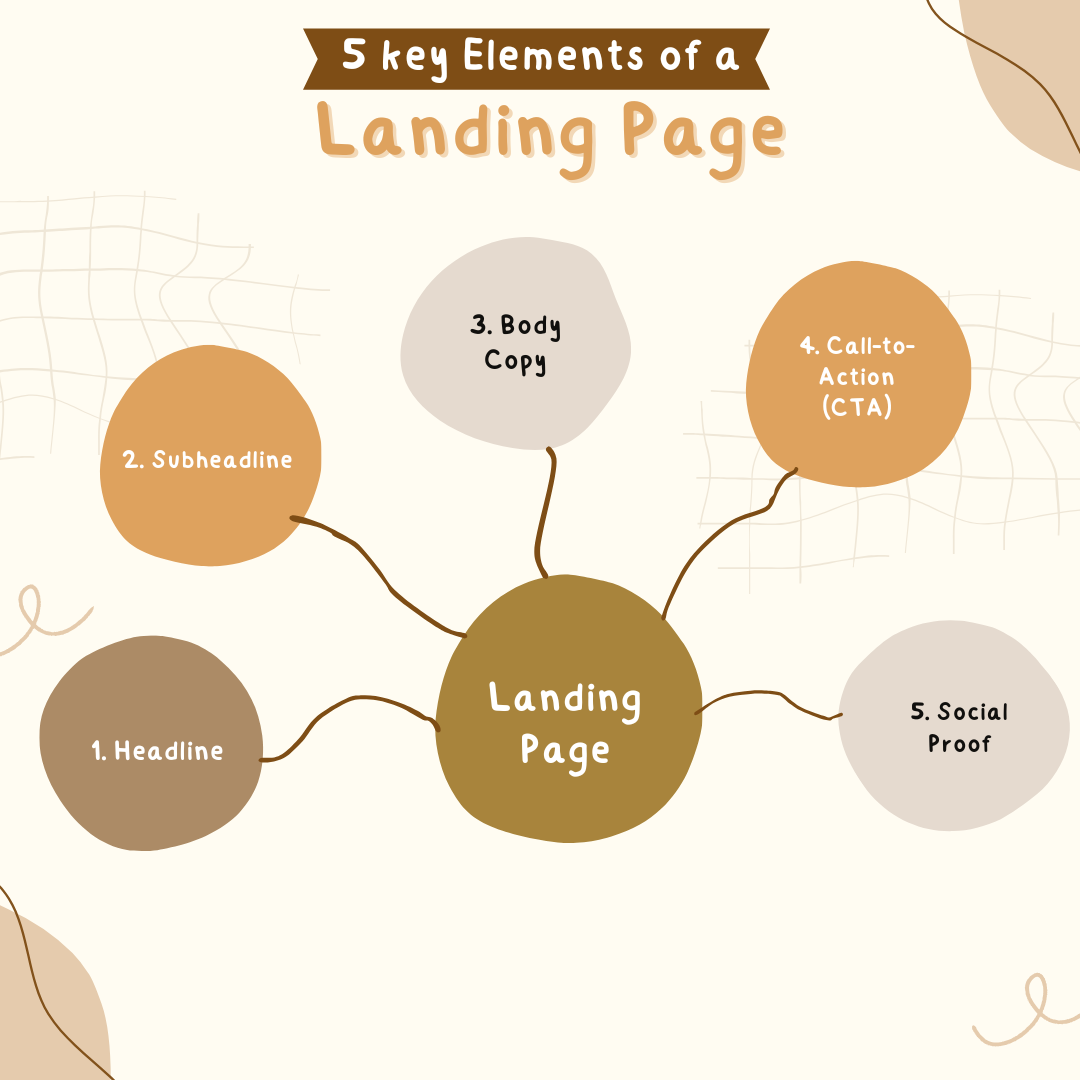
Headline: The title is the first page that is visible to your potential customers who visit the page. Titles must be easily understood and accurate indicators of the pages they are in ie target the unique selling proposition(USP). The probability that a strong headline will attract the reader further increases.
Subheadline: This subheading elaborates on the headline by elucidating the focus of the message contained in the headline. It explains the key message and also prepares the user for the rest of the page. An effective subheadline will pique the reader’s interest and enable them to continue.
Body Copy: This is the core part of the landing page. Make it more informative and eloquently present your offer by developing its key characteristics and benefits. The body copy should articulate exactly any concerns the visitors are likely to have as well as indicate the reason why the offer is worth their time.
Call-to-Action(CTA): CTA is a specific and unequivocal instruction that appeals to readers about what they have to do next. This could be signup, downloading, purchasing or even learning more. In all cases, the CTA should stand out and be a call to action.
Social Proof and Testimonials: These are defined in the literature as an integral part of reviews, citations, or case studies by individual real users. To display social proof is an effective way of trust-building as it demonstrates to prospective customers positive experience of use of your product or service by other people. This can be quite instrumental in your landing page copy for targeting new users.
Key Copywriting Principles to Help you Write your Landing Page Copy
In order to write your landing page copy, there are essential things you should start with and here they are:
Identify Your Audience Need: Identifying one’s target audience, their needs as well as the problems they encounter is the first and crucial step in guiding the copywriting process. Use relevant language to address these needs. People are more likely to accept your message if they feel understood. Talk to your target audience. There are also such methods as conducting surveys, interviews or using the Google Analytics tool.
If your target audience comprises small business owners seeking marketing tools, the message should be geared toward their need for innovative and cheap advertising methods.
Make use of language that is focused on selling the benefits: It is important to explain to the reader what to expect to gain out of reading, rather than the reader receiving just the features of the product or service. For instance, rather than saying, “Our software has real-time analytics”, one can say: ‘“No time wasted, make informed business strategies through instant insights.’ If I condense this into two parts,
Feature vs. Benefit and adding the Emotional Appeal one could write: “Focus on what you love doing, and let our tool handle the technical intricacies.”
Maintain Clarity and simplicity: The landing page should allow visitors to skim it, meaning the presence of headlines short paragraphs, bullet points, and other textual elements that are easy to understand. Avoid using complex terms or large explanations. Such clarity helps potential customers to grasp the essence of your offer quickly and decide whether it is appropriate for them.
An example is: do not say ‘Our cutting-edge SaaS solution streamlines efficiency in all the processes’ replace this with ‘Our tool makes your everyday routine easier and quicker.’
Show Proof, Numbers, and Review feedback: In fact, people usually like having some proof. Whenever reviews, numbers, and testimonials are provided, they offer potential clients realistic proof of how useful the product is. Reviews can help convince hesitant readers that your products or services are worth trying, as they are effective for other people.

Source: CoDesigner
Numbers and Customer results capture the attention of the audience as well. You can see most of the landing pages use this type of sentence- “Join over 10,000 satisfied customers who have boosted their productivity with our solution.”

Make Structure of Your Landing Page Copy
Headline: When selling something on the landing page the first thing that the users will get to see is the headline. This should be captivating and informative at the same time, which makes a direct promise of the outcome the visitor will receive. A good example would be ‘Get Fit in Just 30 Minutes a Day – No Gym Required’ for a fitness program advertisement.
Use Clear and Compelling Subheadings: Subheadings are a great way to break content, making it easier to read. And, it should lead readers further down the page by teasing a benefit or revealing the contents of your offer. Below is a brighter subheadline that invites readers to discover how the fitness program works without overwhelming them with complicated concepts, like, “Lose Up To 30 Pounds in 4 Weeks” instead of “Transform Your Body With Simple Home Workouts”.
Persuasive and Value-Focused Copy: This is where you get into the nitty-gritty and talk about all of the value your offer delivers. Anticipate common objections and likely questions that may arise.
So if you look at this example here, “Achieve Visible Results In 4 Weeks Even If You Have Failed At Fitness Before. This is a fitness program tailored specifically for you. With easy-to-follow video tips to make each workout hit“. This example concentrates on results and simplicity — it refers to concerns like time constraints or difficulty directly.
Strategic Placement Of CTAs (Call to Action): These should be used at natural junctures on the page. For example, One at the top, one in between, and another at the bottom. You can use the CTA like:
Explore Our Plugin / Explore Our Service to the top
Results You Can See For Yourself — Sign Up in the middle of the page
Sign Up Now at the bottom of your landing page
We can see how each of these calls to action demands immediate action and is relevant to a positive outcome.
Strategies for More Engaging Landing Page Copywriting
The best landing page copy relies on more than simple descriptions. It uses creative writing methods to trigger emotions in readers. Get the most out of your landing page with these tips:
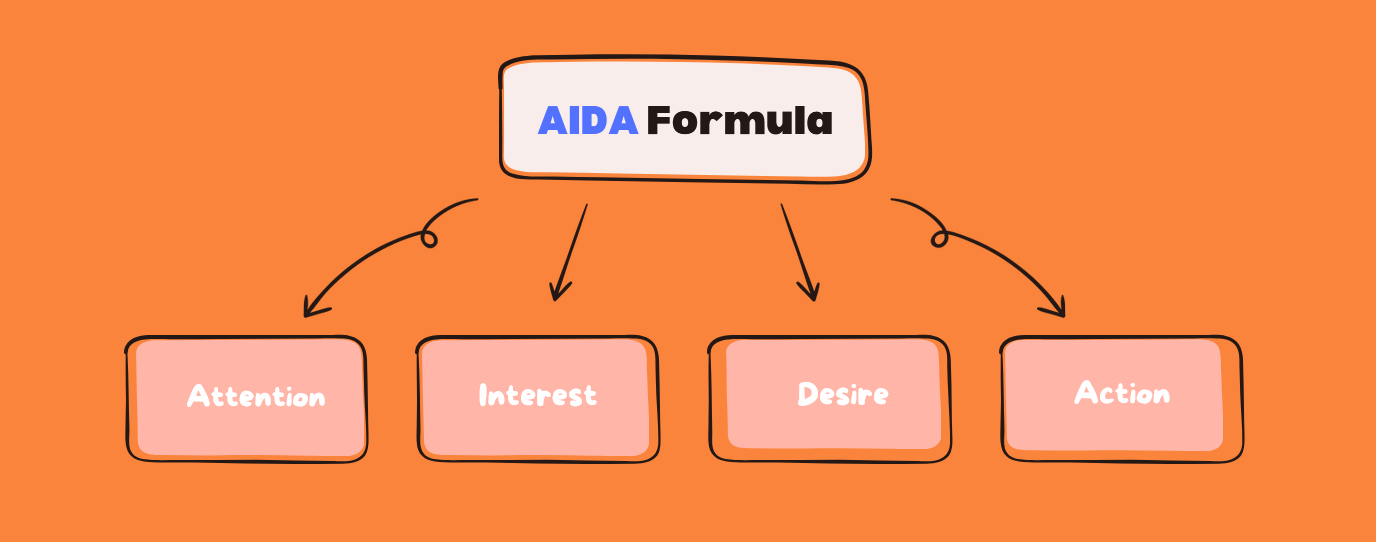
Copywriting Formula: Write the flow of your copy with a copywriting formula like AIDA (Attention, Interest, Desire, Action) or PAS (Problem, Agitate, Solution), etc.
Attention: The first step in the AIDA model is to capture your audience’s attention. This can be done with striking visuals, bold headlines, or intriguing copy that creates a strong hook, making your visitors want to know more.
Interest: Now that you have their attention, the next thing to do is grab their interest by giving them more information. Well, this phase is about taking that interest to the next level and turning it into real intrigue.
Desire: Create a desire for your product or service by highlighting the emotional benefits it instead of something that is small and compact try Instead “It fits in your pocket and travels with you wherever you need to go” with urgency: We have limited quantity left so hurry up and buy before it out of stock.
Action: This is where you want your audience to take action, be it a buy, sign-up, demo booking, or subscription. To accomplish this, write an inspiring CTA and ease the point of action as much as possible.
On the other hand, PAS ( Problem, Agitate, Solution ) swiftly identifies a pain point and provides an immediate remedy, thus lending itself well to shorter and more direct landing pages.
Storytelling: We all like story, more so if we see ourselves in it. Discuss any similar experience or success stories of customers that were engaged with your offer. You can demonstrate how a customer used your product to solve a problem or how he/she were able to reach their goals. Storytelling allows you to connect with your visitors and establish trust.
PowerWords & Emotional Triggers: These words evoke emotions and spur action. Reinforce your landing page value with strong words such as “Exclusive” “Guaranteed” or “Result-oriented”. Scarcity or urgency-inducing terms, such as “Limited-Time” or ”Only Open to the First 50 signups”, will also help drive action.
Write words to show their style, but give the sound from your voice and make it catchy.
Address Objections and Offer Solutions: You can often identify common objections your audience might have for making a purchase, and by proactively addressing these in your copy, you can prevent delays. If hesitancy on price is a concern, help readers understand the value they are receiving or include a satisfaction guarantee. When you answer questions or concerns, the decision-making period will feel a little bit safer for readers.
SEO Consideration for Landing Page Copywriting
A well-optimized and SEO-friendly landing page will drive organic traffic from the search engine. These are some of the really good practices.
- Use Proper Outline: Use header tags to break the content, and maintain a proper outline.
- Keyword Placement: Place the keyword naturally in your headlines, subheadlines, and body text. Do not use keyword surfing.
- Make Sure the Main Keyword should be in URL: The main keyword always needs to be inside the page slug.
- Add OG Image and Schema: The relevant schema should be added to your landing page, as well as an OG image so it shows the appropriate image/caption for social media sharing.
- Meta Description: Include the main keyword and describe what the page is for in a sentence.
- Image Alt Text: Include descriptive alt text for your images to give them the best chance of appearing in a search engine.
- Loading Speed of Page: Your pages should load fast because if a page takes time to load you can lose your SEO and it can increase your bounce rate.
Landing Page Testing & Optimisation
Landing pages that work, are always moving forward. Experiment with various elements regularly to discover what resonates best. Try some A/B testing on headlines, where you place CTAs, or even body copy. Monitoring the performance and conversion rates, bounce rate stats, etc. and optimizing the approach based on Google Analytics will help increase sales for websites by 300%. Run tests and make tweaks to help your landing page deliver better results over time which in turn leads to higher conversions.
3 Common Mistakes to Avoid in Your Landing Page Copywriting
Creating a good converting landing page is not easy However, if you make the slightest mistake, then you will lose your audience and all your hard work will be wasted. With that said, here are three of the most common mistakes to avoid if you want your landing page to draw in interest, build trust, and create conversion.
Information overload: Less is often more when it comes to landing pages; Bombarding readers with too much information creates an information overload, making visitors quickly feel overwhelmed and exit. Stick to bullets that are relevant and meaningful to your specific audience. Rather than bombard the visitor with every detail, showcase only those features that would be most beneficial to them and then tie it back to how it solves their problem.
Using a weak or vague CTA: A strong CTA is the most crucial part of the landing page because it converts, however many times they will make the CTA either unclear to the audience or unattractive. A poor CTA such as “Click Here” lacks the incentive or context to give the user any real reason to be compelled. Instead, put up a CTA that is directed and related to what the visitors want and has a clear action item.
Section Swapping: Clean Cut landing pages should feel like a single cohesive unit, guiding the visiting user smoothly from one section to another. A loud and clear break in design, tone, or message will interrupt the flow of the exploration experience and result in some drop-offs (and/or avoidable concerns). Availability of the same color and type creates authenticity and also allows the user to stay on your website. All of the elements should communicate your main message and allow users to traverse through the page seamlessly.
Final Words
When it comes to crafting compelling headlines and body copy for landing pages, it is very much about simplicity, assertion, and a two-column blueprint. The only thing you have to do is accentuate the benefits for your audience, distinguish between features and benefits, and provide plain calls to action. But the work does not end there, you must do regular testing and tweaks. The techniques listed above if followed carefully will help you redesign your landing page to be an asset that grabs the attention of your visitors and convert them significantly.
Frequently Asked Questions (FAQs)
Q. What is the recipe for the creation of copy on the landing page?
It’s also referred to as the 4C’s Copywriting formula. Here they are:
Clear: It helps to ensure that what you write should not be complicated to comprehend by most people.
Concise: As we said before, it is preferable to include your message in copy in as few words as possible.
Compelling: Teach your audience something new and keep them listening.
Credible: Be careful that the copy you are producing looks credible and should not create any doubt in the mind of the audience.
Q. What is the right amount of copy that should be used on a landing page?
Google’s minimum requirement for any landing page is that it has at least 300 words. But then again there cannot be such a thing as an ideal word count. To determine the length of the headlines and ad text we need to look at what has the best results in terms of converting the leads.
Q. What is the content writing on the landing page?
When writing for your landing page you must remember these things:
- Utilize the headlines to focus on the issues that are affecting the customer.
- As a subheading of the fact-based part of your work, do not make the title of your sub-sections complicated.
- Include more appeal that could capture the visitor’s attention.
Subscribe to Our Newsletter
Get the latest WordPress tutorials, trends, and resources right in your inbox. No Spamming, Unsubscribe Anytime.

Thank you for subscribing to our newsletter!
Table of Content
- Understanding Landing Page: Definition, Key Elements, and Purposes
- Key Copywriting Principles to Help you Write your Landing Page Copy
- Make Structure of Your Landing Page Copy
- Strategies for More Engaging Landing Page Copywriting
- SEO Consideration for Landing Page Copywriting
- Landing Page Testing & Optimisation
- 3 Common Mistakes to Avoid in Your Landing Page Copywriting
- Final Words
- Frequently Asked Questions (FAQs)
- Q. What is the recipe for the creation of copy on the landing page?
- Q. What is the right amount of copy that should be used on a landing page?
- Q. What is the content writing on the landing page?










